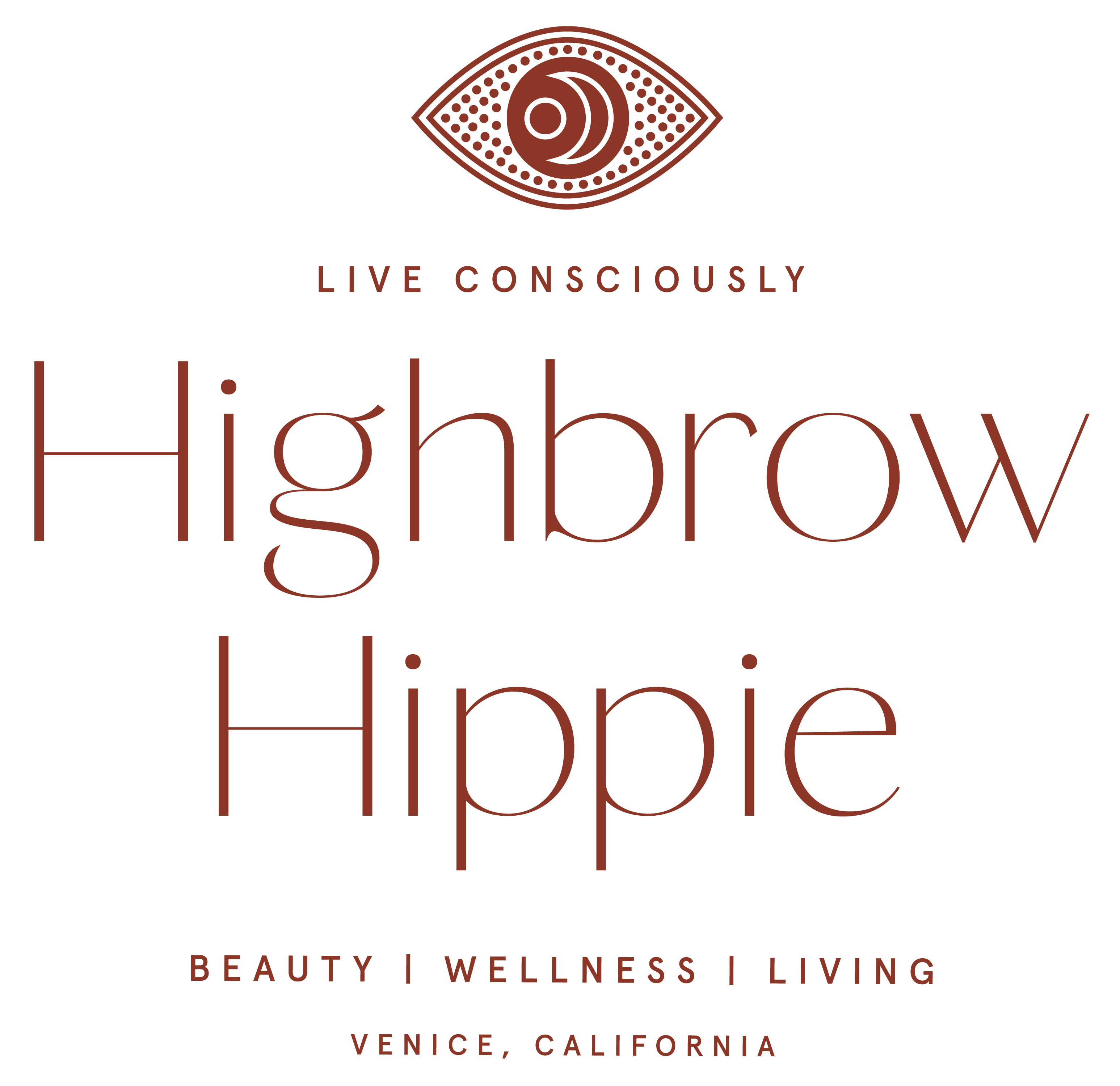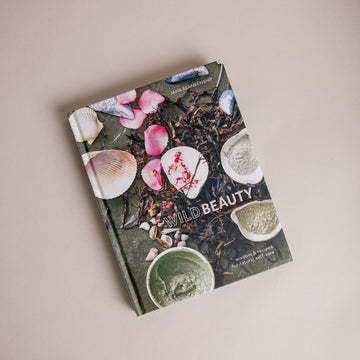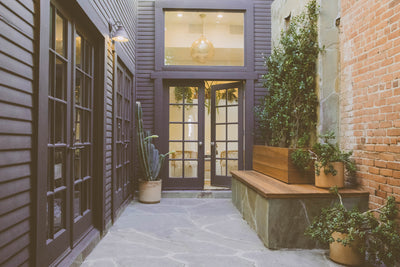MY APPROACH TO POSTPARTUM HAIR HEALTH + HAIR COLOR
Since last week, I’ve gotten SO MANY questions regarding our story mentioning Cleo’s postpartum hair loss and coloring her hair during this complicated + important time. So it’s clear that it’s time to have some real talk about it. Cleo first sat in my chair a few months after having her second child, and that first appointment involved more game planning than hair color, as her hair was in need of some serious care.

After 25 years behind the chair, I’ve seen thousands of clients through many hormonal shifts and changes, from postpartum to perimenopause. And no matter how many warnings I give, the hair loss always takes them by surprise. Already dealing with massive life changes, when hair loss and thinning enters the chat, it can become an overwhelming thing for new mothers to navigate. But, there are steps one can do to mitigate it and nurse their hair slowly back to health, all while maintaining your hair color as well.

Postpartum shedding usually starts at or around the 6 month mark and continues for 4-6 months, after which the hair enters the regrowth phase. This will all vary depending on how long clients choose to breastfeed or not, if they stay on their prenatal vitamins and their approach to their overall health and hair wellness.

As hair begins to shed heavily, the hair that’s left needs to be trimmed and cared for consistently. Don’t be tempted to cling to random lengths of hair, just to have long hair. Be gentle with heat and hot tools- the less the better during this time, and promote thickness instead, as to not stress the delicate hair that remains. Also, the hair that is growing back needs the optimal environment to thrive and it’s important that the scalp be kept clean and exfoliated. Also, invest in quality tools that will be gentle on the hair. They not only last way longer, but the hair will break and split less and thus become stronger over time.

And, this may surprise you coming from a colorist, but you MUST dial back on hair color and chemical treatments. I encourage my clients dealing with postpartum hair loss to go longer stretches of time between color appointments. If gray hair isn’t a factor, instead of permanent color or instead of highlighting, I encourage glosses to richen the hair, fill the cuticle, and add shine instead. For Cleo, this meant temporarily forgoing her signature blonde for deeper richer shades as we embarked on her hair healing journey. We took it as an opportunity to experiment with warmer tones, some of which we loved (and may revisit in the future!?).

Once those external measures are done, it’s just as, or even more important, to tend to the internal as well. As much as you can, mitigate stress. Nutrition is also huge- your hair literally needs it to grow. New mothers are usually giving everything they have to their new baby, often putting themselves last, and it doesn’t help that our culture has this insane pressure to snap back immediately. Food is an afterthought (or deliberately not a part of the conversation) and it manifests first in the health of one’s hair.

It’s important to note- if your hair is falling out after having a baby, it doesn’t mean it’s not healthy. It just means that right now, it may need a little help, support and TLC. My specific approach to this process has been gleaned over many years of being a part of this journey with my clients- and others’ may differ. But as long as the final goal is healthy, thriving hair, all will be well. Finally, ALWAYS consult your doctor for a firm medical opinion, if your hair loss is unrelenting, should a larger issue be present.
From postpartum to perimenopause and beyond, we pride ourselves here at the atelier to be a safe space space for all, and a place where hard, honest conversations can be had. As always, we are here, and wishing great hair for all, in good health.



